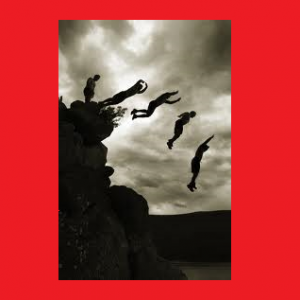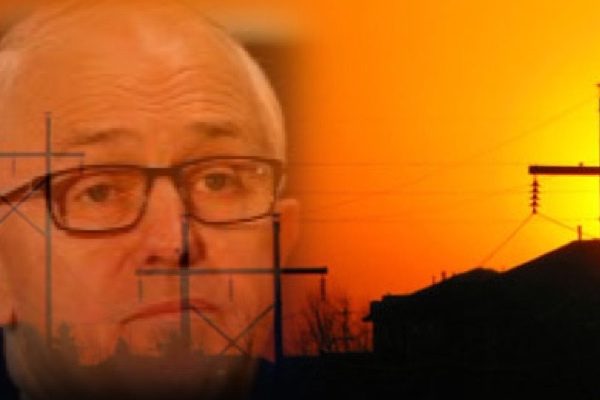Crisis PR is perhaps the most stressful type of communication. Some people around us will lose their cool, others try and interfere and think they know more than us. The media can be merciless and for a period, we will be without friends. W e need to be confident and assertive, giving clear instructions nimbly and simply.
e need to be confident and assertive, giving clear instructions nimbly and simply.
There is an over-arching question as we prepare for a crisis – What will our stakeholders expect from us? From this flows almost all our decision making…..
1. Fact check
It’s difficult, we need to act fast, but not without the facts, so it’s ‘more haste, less speed’. Beware the cost of setting off a false alarm. We faced this dilemma with what looked like a public health scare, where ‘going public’ was going to cause mass anxiety.
2. Are we in Crisis?
Think through the likely story. Is it really a big deal? Often an incident important to the executive team is a yawn to other stakeholders. Predict how it will look: anticipate the newspaper story or social media commentary; the headline (tweets), the pictures, the first para, the responses.
What is the probability it will enter the public domain?
Once it’s out, we can’t run, can’t hide. So should we avoid a crisis by publishing preemptively. We advised on a pollution spill where the right thing to do was to go public.
Where might we end up? We need to think through the potential timelines and how this might finish, for all stakeholders. Beware the unintended consequences.
3. Crisis PR: Assess the strength of our leadership
A crisis exposes weakness such as tensions between a board and CEO, or a lack of confidence. We dealt with one crisis that was front page news for most of 80 days. It can be incredibly stressful. Be realistic, leadership that caves-in under pressure is a common fail-point.
Is the leadership team part of the solution or part of the problem? What support can we offer?
Listen for people starting to ‘blame the media’. In a crisis, journalists have to move fast too, and mistakes are inevitable, but usually the central thrust of the story reflects the community’s values. For the people in the eye of the storm a siege mentality is natural, particularly in a sustained crisis, but it’s often indicative of being out-of-step with the community.
4. Crisis PR: Assess the strength of our spokespeople
For a period mid-crisis we may have no friends. How will we support the spokespeople? It’s especially unhelpful to criticise media performances if it’s not your task; you can be sure, most times, the spokesperson is his/her strongest critic.
Sometimes it’s better to protect our CEO and nominate another spokesperson. It’s a way of protecting the ‘brand’.
Do we have competent spokespeople/willing hands for social media?
Keep our advisers/consultants in the deep-background. People suspect manipulation if the ‘spin-doctors’ become part of the story. Strangely a lot of journalists (and public) don’t actually understand the functions performed by public relations consultants.
5. Crisis PR: Craft key messages
Above all be honest. Avoid jargon, and favour plain speaking.
Speak to our audiences through the journalists. A common mistake is to prepare messages to placate journalists and not their audiences.
Remember that in all communication we need to respond to the issue at hand – the Incident Message. But we also to remind our audience of the Brand Message. Plus there it’s often useful for the spokesperson to talk about his/her values – a Personal Message. And we need to be prepared that journalists will be looking for other damaging angles so prepare for Bear Traps.
And then our messages need to be clear and concise, consistent and constant: Repetition = penetration = impact.
6. Crisis PR: Keep it Nimble and Simple
We can often set the media agenda for the day by being first. And journalists and other stakeholders respect nimble responsiveness.
One short quote is often better than a lengthy explanation. A useful news grab is 7-10 seconds (20-30 words).
7. Crisis PR: Keep our cool
The people around us will be watching, looking for visual and spoken clues to ‘how things are going’. There a great line in Rudyard Kipling’s ‘If’: “If you can keep your head when all about you are losing theirs and blaming it on you; If you can trust yourself….”
Don’t allow ourselves to get defensive. Listen to our language; for instance, are we using ‘but’ instead of ‘and’ in our explanations.
8. Crisis PR: Use facts carefully
Not selectively, that’s different. Accuracy and honesty of course. But then, one percentage lends weight to a message; two or three percentages can confuse.
9. Crisis PR: Ask others to support us
Our audiences will listen to people they trust. The less conflicted our advocates, the more credible.
10. Crisis PR: Apologise, if appropriate
In most crises, there is an element of in-house fault. Sex abuse tragedies are a good example, so are pollution ‘accidents’. Exceptions are of course fires, terrorism, etc.
If needed, the best apologies have a beautiful simplicity, honesty and vulnerability. They also seem to have particular structure: First, say sorry, and mean it; beware, some spin-doctors misuse this to deceive and the audience is on the watch-out for it. Second, explain next steps such as an investigation. Third, explain how that’s going be a step towards regaining trust, such as making the recommendations public.
11. When is the crisis over?
The best media in a crisis is no media. And minimised stakeholder anxiety. At the beginning of a crisis, plan for the end and keep focused on achieving it.
Internally, it’s good practice to formally start and then stop a crisis plan’s execution, so that people who are working with us know when to drop everything to help, and when to go back to normal duties.





